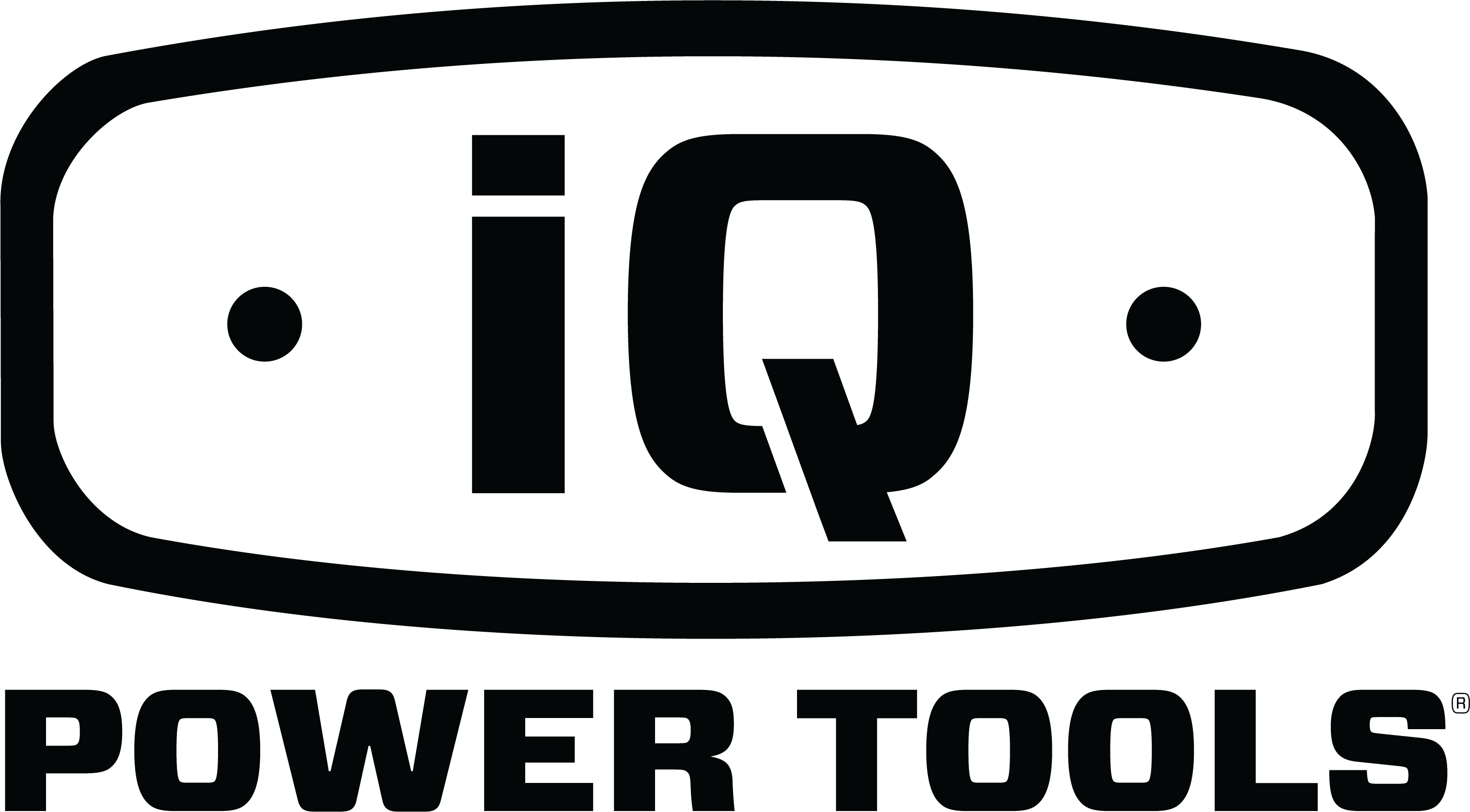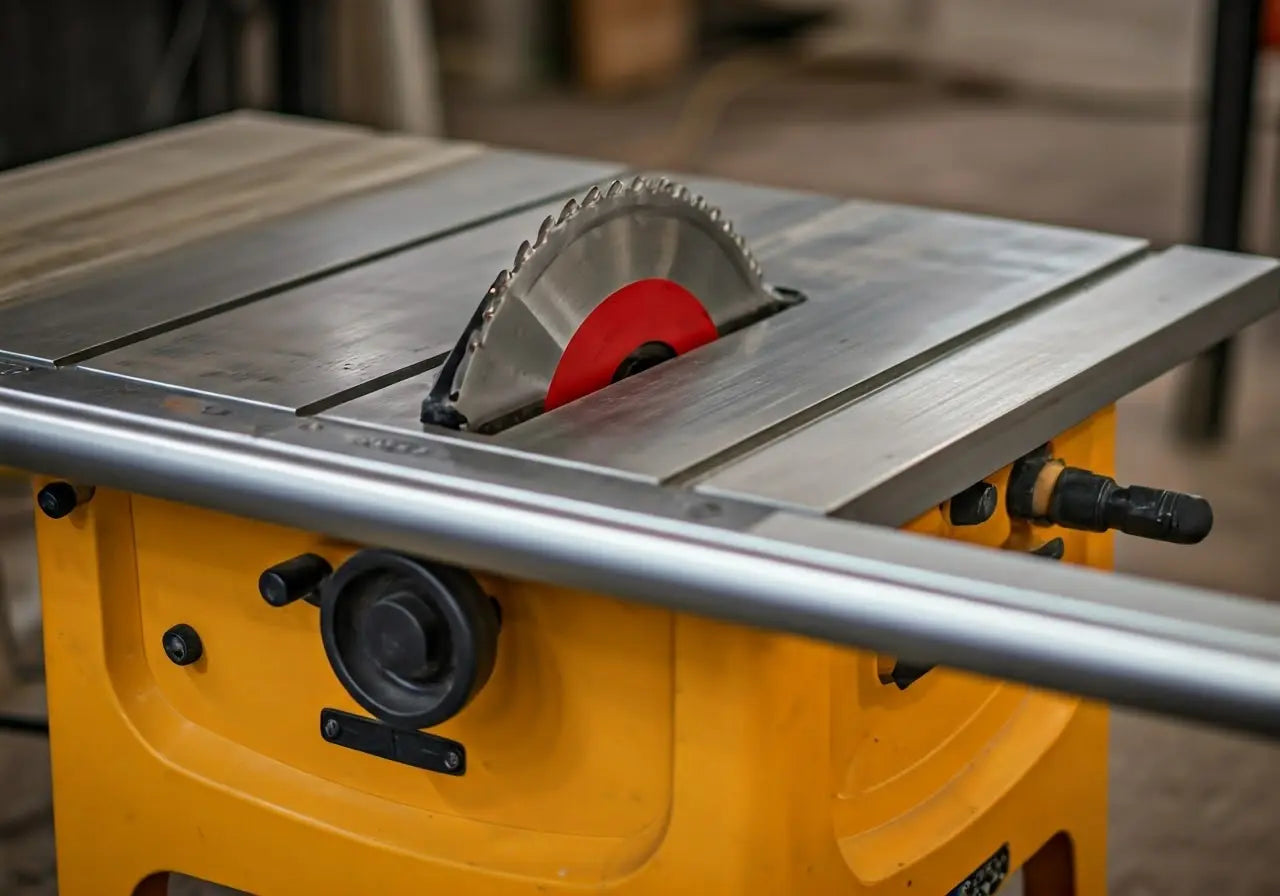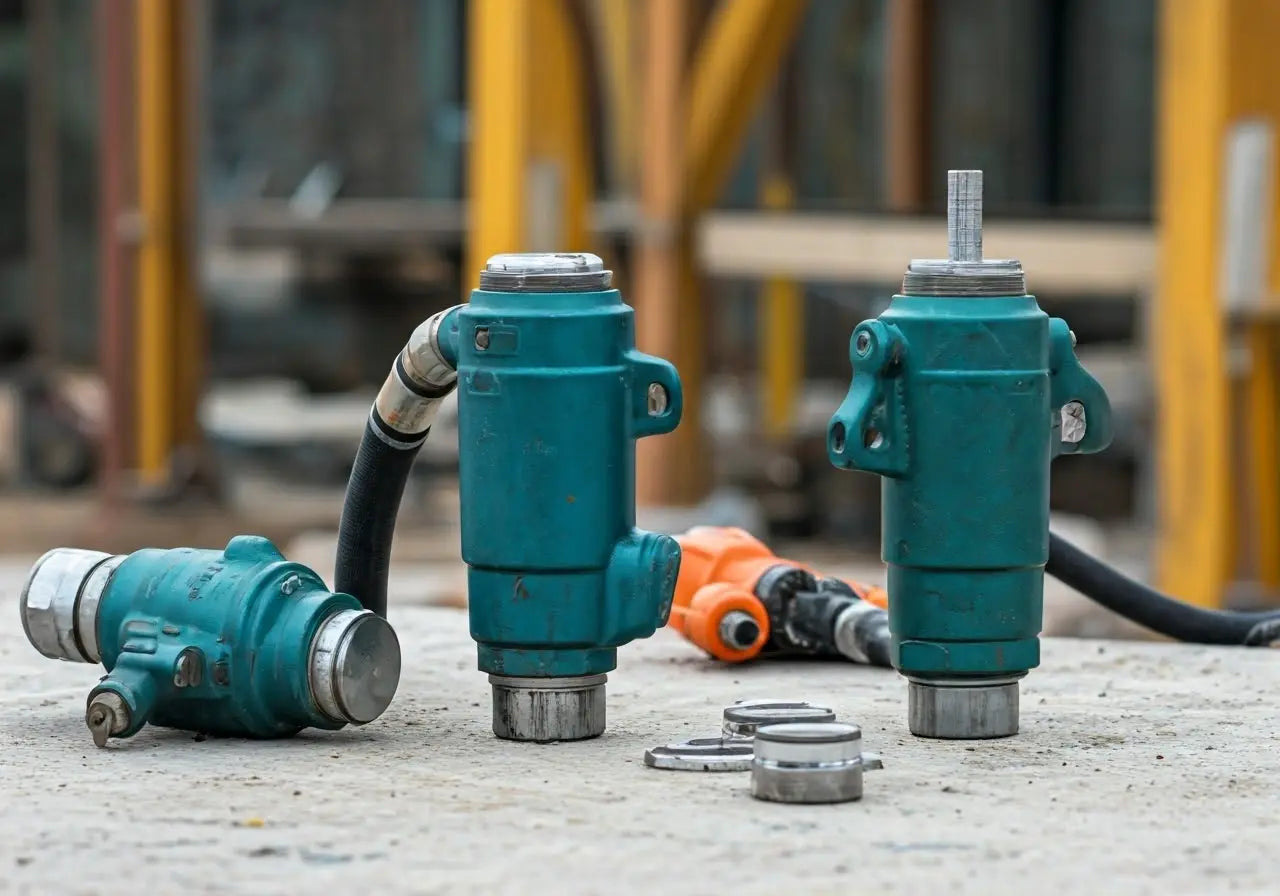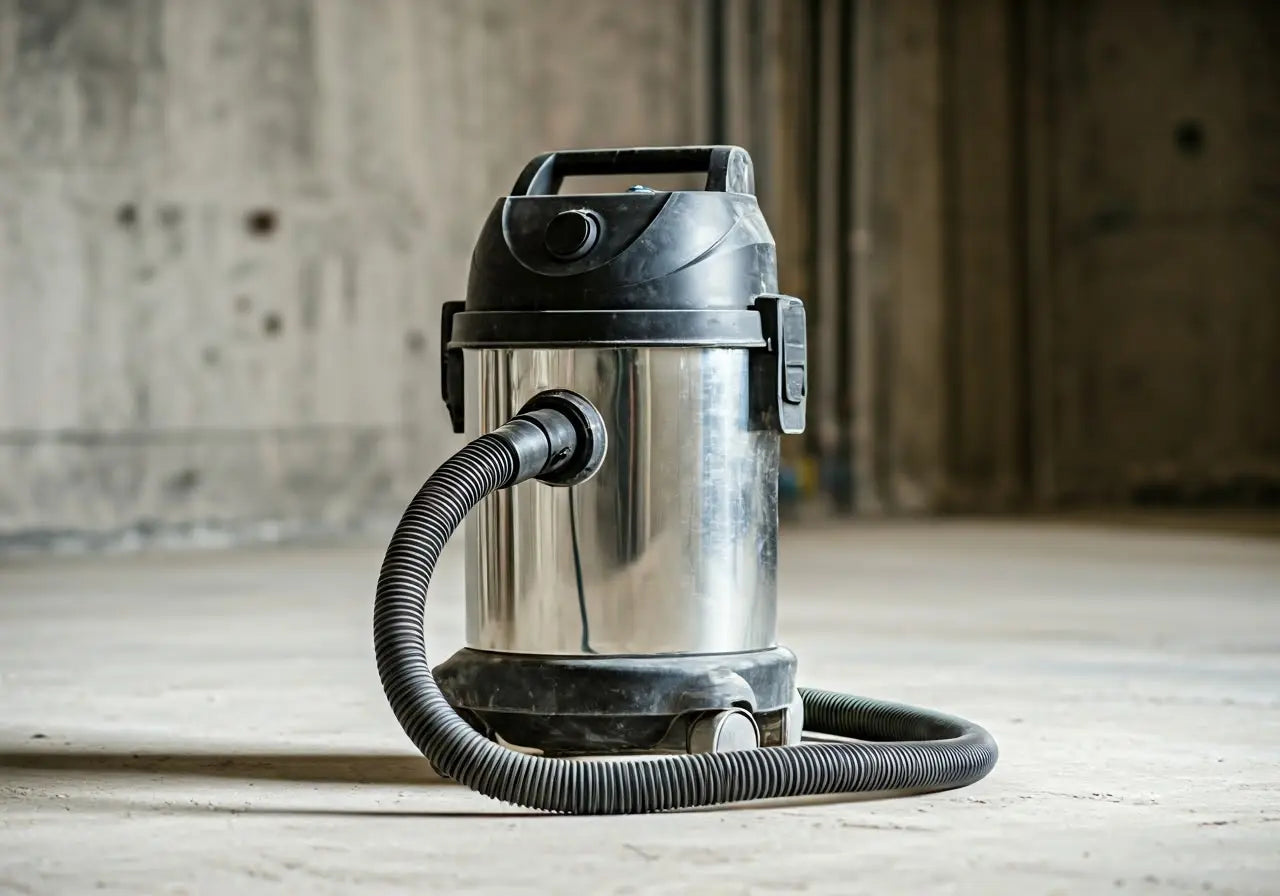Workplace safety is a top concern for anyone working with power tools, particularly table saws. This FAQ blog aims to discuss the various ways table saws can improve safety standards in the workplace, while also providing actionable tips and insights to ensure you and your team stay safe.
What are the common hazards associated with table saws?
Understanding the common hazards of table saws is the first step in improving workplace safety. These include kickbacks, blade contact, and the risks associated with improper setup.
Kickbacks occur when wood is caught by the blade and forcefully ejected back at the operator. This type of accident is both sudden and dangerous, often leading to severe injuries. To reduce the risk of kickback, make sure to use a riving knife or splitter, which helps keep the wood from pinching the blade.
Blade contact is another critical hazard, responsible for numerous injuries ranging from lacerations to amputations. Always ensure that blade guards are properly installed and never bypass safety equipment designed to protect you. Push sticks or push blocks can help keep your hands at a safe distance from the blade.
Improper setup and alignment can also contribute to accidents. Be sure to align your saw’s components accurately and check for any loose parts before starting work. Regular inspections and maintenance are vital to ensuring your saw runs smoothly and safely.
Occupational Safety and Health Administration (OSHA) regulations emphasize the importance of safe working conditions. Employers should ensure that workers are well-versed in safety protocols to mitigate these risks effectively.
How can modern safety features help?
Modern table saws come equipped with various safety features such as riving knives, blade guards, and flesh detection technology. These features play a crucial role in reducing accidents.
Riving knives and splitters help prevent kickbacks by stopping the wood from pinching the blade and being thrown back toward the operator. They move with the blade, providing continuous protection throughout the cut.
Blade guards cover the blade and prevent accidental contacts. These can be easily lifted during cuts but return to their protective position automatically. Always ensure your blade guard is in place unless performing a cut that absolutely requires its removal.
Flesh detection technology, such as the SawStop system, can dramatically increase safety. This technology detects skin contact and stops the blade within milliseconds, greatly reducing the potential for serious injury.
Optimized saw designs can also include dust containment solutions that keep the workspace clean and reduce respiratory hazards, further ensuring a safer work environment.
What are the best practices for table saw safety?
Implementing best practices like proper maintenance, using push sticks, and wearing appropriate safety gear can further enhance workplace safety when using table saws.
Regular maintenance is crucial for ensuring your table saw operates correctly. This includes keeping the blade sharp, checking and adjusting the alignment, and ensuring all safety features are functioning properly.
Always use push sticks or push blocks, especially for narrower cuts, to distance your hands from the blade. These tools are simple yet highly effective in preventing hand injuries.
Wearing appropriate safety gear, such as safety glasses, ear protection, and dust masks, can help protect against various hazards like debris, noise, and airborne particles.
Safety guards and personal protective equipment (PPE) are essential components of a protective system, enhancing the overall safety of table saw operations when used together.
Why is training important?
Proper training ensures that all employees understand how to safely operate table saws, recognize hazards, and respond appropriately in case of emergencies.
Training should include comprehensive instructions on the use of all safety features, such as blade guards, riving knives, and push sticks. Familiarity with these tools can help employees react swiftly and effectively in potentially hazardous situations.
Emergency procedures, including steps for stopping the machine, administering first aid, and seeking medical assistance, are vital components of a solid training program.
Continuous education and regular safety meetings are essential for reinforcing safety protocols. These gatherings provide opportunities to address safety concerns, update employees on new procedures, and review any recent incidents.
How can regular inspections contribute to safety?
Regular inspections help identify any issues with the table saw before they become serious problems, ensuring the equipment remains in safe working condition.
Routine checks should include examining the blade for wear and tear, ensuring that all safety features are operational, and verifying that the saw is properly aligned.
Inspections can also reveal potential hazards like loose components, which can lead to unexpected accidents if not addressed promptly.
Conducting inspections on a regular schedule and documenting findings can help maintain a high standard of safety and provide a clear record of the saw’s condition over time.
Partnering with service centers for more detailed inspections and maintenance can ensure that your table saws are always in optimal condition, further enhancing workplace safety.
Improving Workplace Safety with Table Saws
Table saws, when used correctly and equipped with modern safety features, can significantly improve workplace safety. By understanding the potential hazards and taking proactive steps to mitigate them, you can create a safer, more productive work environment.






Leave a comment
This site is protected by hCaptcha and the hCaptcha Privacy Policy and Terms of Service apply.